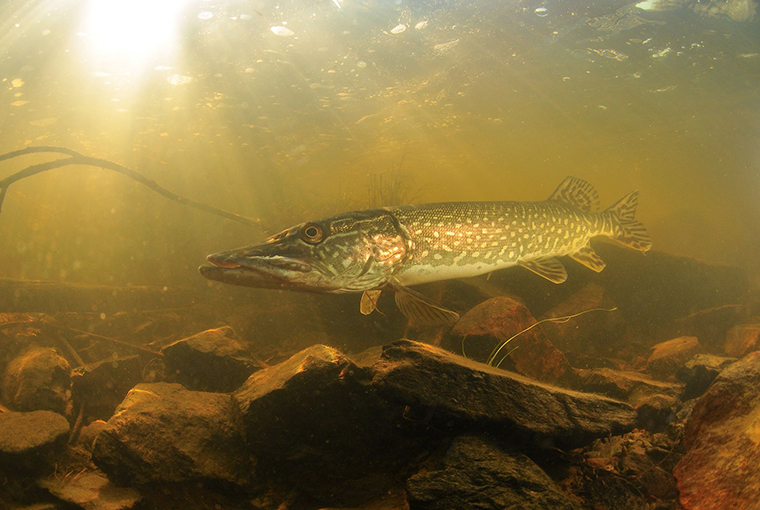
Trolling with solid-strand wire line isn’t a new concept. Wire is a time-honoured method for muskie, pike, lake trout, and other species. Add in today’s line-counter reels, action-specific rods, and a world of new lure options and wire is as much in the game as its ever been.
Wire vs the other stuff
In world-class destinations like Georgian Bay, Lake Nipissing, and the French River, both muskie and pike spend a huge amount of their summer and fall over rocks. And not just any rocks. Shield fisheries are known for dramatic, sharp-breaking rock lips, rubble-strewn edges, and a host of craggy, nasty humps, bumps, and other structural elements. And fish live right in this stuff.
Trollers running braided line are forced to use long, cumbersome, and heavy wire or fluorocarbon leaders to protect their main line from wear. And 150-pound braid will part like sewing thread after even a few run-ins with bottom. Leaders of four to six feet in length make netting fish trickier.
Solid wire from 20 to 40-pound test is unaffected by the rubbing and scuffing. Inspect your snaps and crimps regularly for wear, but rest assured, it will handle bad bottom.
Wire sinks and weighs down the nose of whatever bait you’re towing. It lets baits run deeper than braided line. This is really noticeable at lower trolling speeds. Lures on the inside of turns dog down and maintain their depth, without rising out of their zone.
Master trollers have their rock spots mapped and way pointed with precision, often making sharp turns and moves with their boats to place baits into very specific spots. Less line out and baits that hang in place longer is an amazingly efficient system for probing a a spot thoroughly. As summer gives way to fall, lower trolling speeds and fish tucking even tighter to structure is often the norm. Wire helps trollers deliver the goods.
Bang, but don’t hang
Much of the wire-troller’s tackle revolves around steep-diving crankbaits. Buoyancy and the ability for a bait to hit bottom and either roll over obstructions or reverse itself out of a tight spot is key. Baits that suspend or lack a lot of natural buoyancy are out. Diving-lip style is also a big factor. Wide, broad, and rounded lips deflect and bumble their way over bad rocks far easier than shorter, narrower, and more angular lips. One of the things that makes wire trolling tick is periods of heavy contact with the bottom. You have to be able to run these spots without constantly hanging up. Picking the right crankbait makes a huge difference.
Dive lips can be made from plastic, but some trollers prefer steel or aluminum for longevity, sound, and even a bit of flash. I’ve caught fish on them all.
A word on rods
Durable, softer-action rods made from fibreglass or glass/graphite blends are all that’s needed to troll wire. Opt for slower, more parabolic actions. Having the rod load early on contact with bottom usually helps the lure slingshot its way along, rather than pile driving into trouble. Dipsy Diver-action rods used by Great Lakes salmon trollers can be perfect with many pike and muskie crankbaits.
My picks
Wire line:
- Old Timer steel wire
- American Fishing Wire
- Williams Duro-Lus (vintage product)
Fill your reel with mono backing, then load the wire exactly as you would when spooling regular braid. Wind it on with lots of tension.
Baits
Some of my fave trolling lures are hard to find (only through facebook pages) with very limited availability/production:
- Legend Lures’ The Plow, perch
- Drifter Tackle Believer (10′′, 13′′, solid body)
- Joe Bucher Tackle Depth Raider
- Toddy Tickles’ Hellebard Deep 7 Beast Master Deep
- Hose Bait Flat Shad
- Hooker Bait
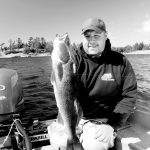
JP Bushy is a year-round fishing guide, chasing all species of fish. Based out of Barrie, he plies the waters of Georgian Bay, Lake Simcoe, the Bay of Quinte, Kawartha Lakes, and northern Ontario. He’s a writer, lure maker, and seminar speaker.
Originally published in the 2021 Fishing Annual of Ontario OUT of DOORS magazine.


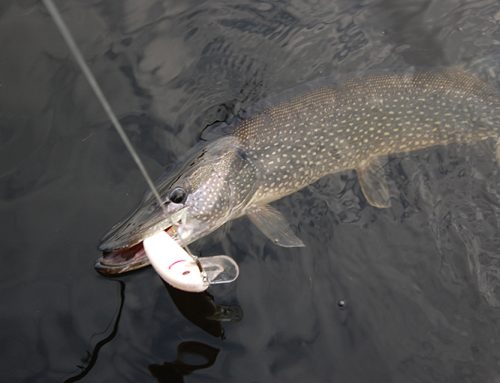
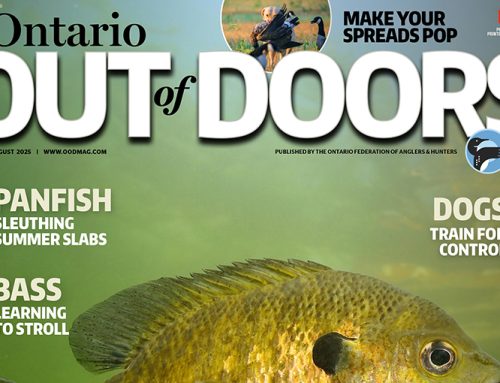
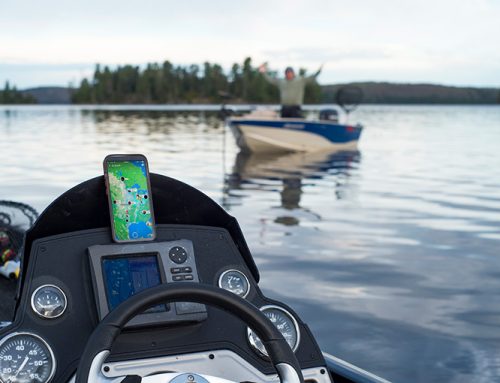
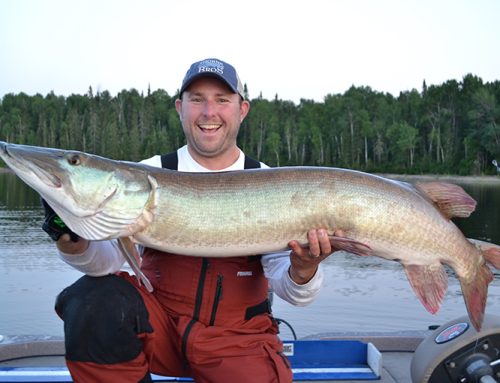
Leave A Comment